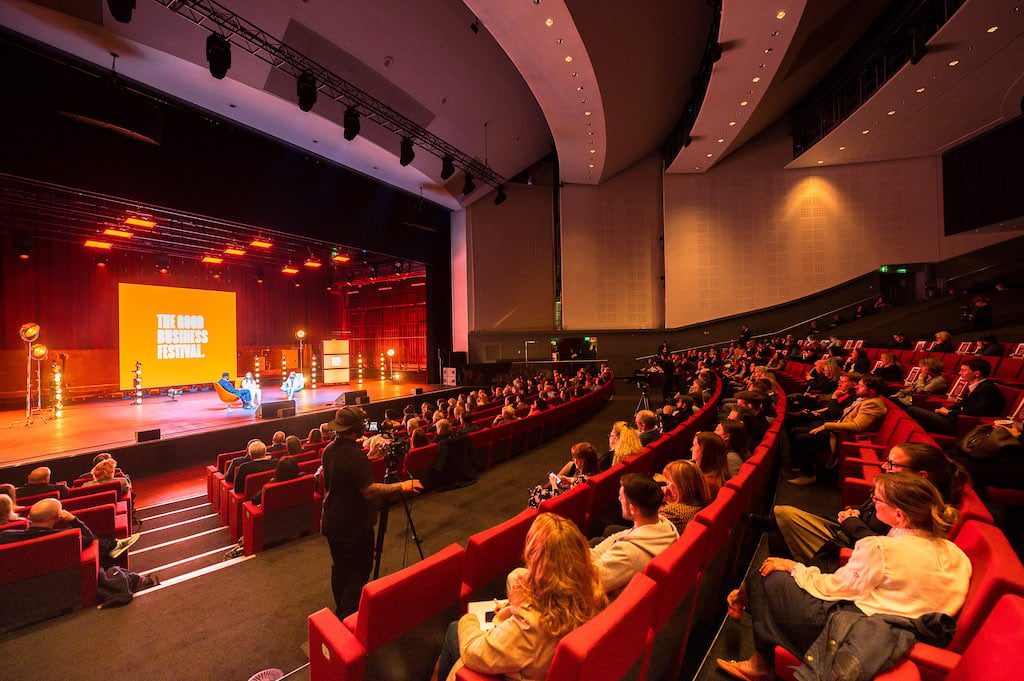The Government has published its final reports from the Events Research Programme (ERP), which involved over two million people being observed at 31 events ranging from sports fixtures and festivals to business events.
The study, which assessed the risk of transmission associated with attending events in the third phase of the ERP, concluded that outdoor unstructured events, specifically festivals, posed the highest increased transmission risk from events examined as part of the programme.
Scientists noted that numerous factors were likely to have contributed to the higher transmission risk at these events, including high rates of unvaccinated attendees, community prevalence at the time of the events studied, the structure of the events, and the behaviour of attendees leading up to and after attending these events. Therefore, the results may not be applicable to other contexts.
The reports summarise the findings of the programme’s Behavioural and Environmental studies, a transmission study led by the London School of Hygiene and Tropical Medicine, and a summary note encompassing the main learnings from the programme, including operational findings on COVID-status certification. It also provides further analysis of risk factors and makes recommendations for venues and event organisers including how they should give ongoing consideration to ventilation, occupancy and movement within an overall risk assessment tailored to each venue.
“Venues and event organisers should consider their ventilation strategy, occupancy, operations, space utilisation, and people movement outcomes within an overall risk assessment tailored to each venue. While ventilation can reduce the risk of long-range airborne transmission, it does not eliminate the risks posed by other modes of transmission amongst close contacts (i.e. surface and droplet transmission),” the report said.
“Appropriate mitigations are best adopted as part of a hierarchy of controls such as an enhanced ventilation strategy, requiring the wearing of face coverings and reducing crowding. High resolution fixed monitoring of air quality and people movement can be used to determine ventilation effectiveness and identify areas of higher risk to prioritise their improvement. For complex or large venues or high-occupancy events, specific mitigations are best developed in consultation with ventilation and crowd movement experts.”
Running over three complete phases, the ERP used cutting edge scientific methods to study audience behaviour, ventilation, certification and the use of Non-Pharmaceutical Interventions (NPIs) such as face masks and social distancing to examine how the risk of Covid-19 transmission could be reduced and audiences returned safely.
Over 750 temporary cameras captured thousands of hours of footage, alongside the extensive monitoring of CO2 in 179 individual spaces using 370 monitors all deployed in one of the largest evidence gathering programmes ever seen in the live events sector.
Minister for Sport, Tourism, Heritage and Civil Society Nigel Huddleston said: “The Events Research Programme broke new ground on the size and scale of scientific research undertaken at live events and has undoubtedly contributed to the early reopening of our crucial business, sporting and cultural events sectors.
“The programme has provided an important template for event organisers the world over to continue to be able to plan their events safely and that’s great credit to the scientists behind this world-leading study.”
You can read and download the final reports here

